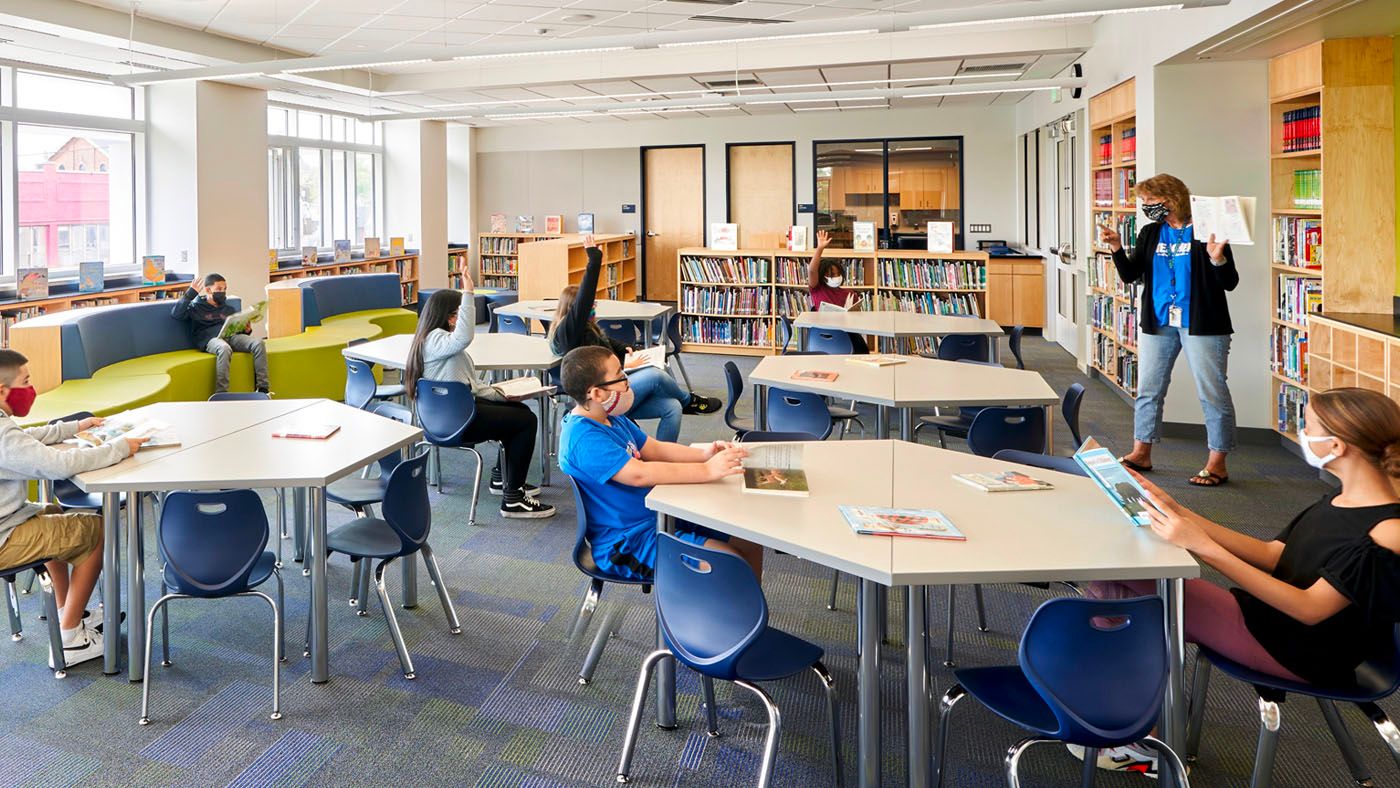
Making the Grade through Versatile Design in the K-12 Environment
Explore how designing spaces that are flexible and adaptable can facilitate positive learning outcomes and support the health and well-being of the entire school community. Participants will see real-world examples of how storage has assisted in creating transformative learning spaces.
What’s in the presentation?
The environments and methodologies shaping the minds of young learners look vastly different today than they did even 5 years ago. No longer reporting to an assigned desk arranged neatly in a row, students now have opportunities to collaborate and learn all around the classroom and beyond. Due to the changing trends in pedagogy, flexibility is needed throughout the K-12 campus to keep students at the center and enable their success. This presentation will explore how designing spaces that are flexible and adaptable can facilitate positive learning outcomes and support the health and well-being of the entire school community. Participants will see real-world examples of how storage has assisted in creating transformative learning spaces. In addition, attendees will learn how utilizing High-Density Mobile Shelving and other storage solutions can help support LEED® certification and sustainability efforts.
This presentation counts toward 1 AIA or IDCEC LU|HSW Credit.
Objectives:
- Gain awareness of trends and challenges impacting space design throughout an educational facility including classrooms, the library, athletic arena, and more.
- Identify furniture, fixtures, and equipment (FF&E) that respond to the changing landscape of this market by creating flexibility and reducing space used for storage.
- Learn how design affects the overall health and well-being of students and educators, and positively impacts learning outcomes.
- Examine the ways FF&E can contribute to occupant wellness and LEED® certification by reducing building footprint and integrating lighting solutions and safety features into compact shelving and other versatile storage systems.